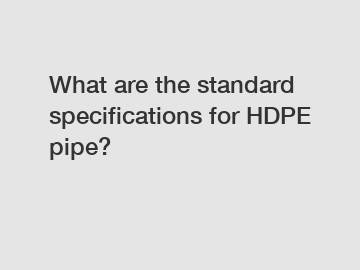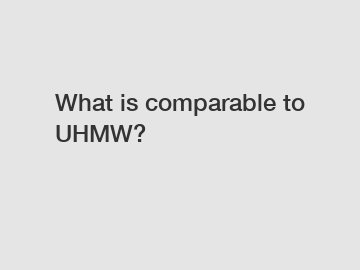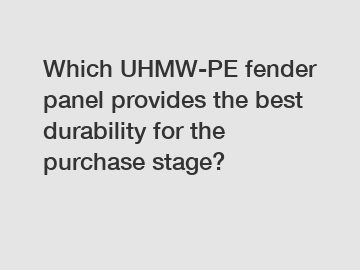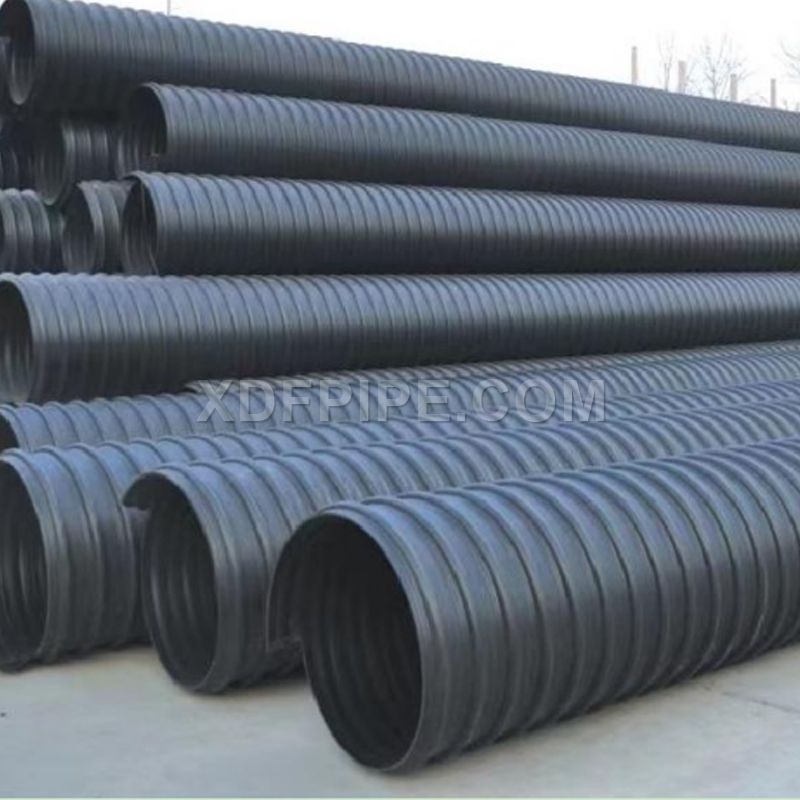What are the standard specifications for HDPE pipe?
What are the standard specifications for HDPE pipe?
When it comes to selecting the right HDPE pipe for your project, understanding the standard specifications is crucial. HDPE pipes, also known as high-density polyethylene pipes, are popular in various applications due to their durability, flexibility, and resistance to corrosion. In this article, we will explore the standard specifications for HDPE pipes to help you make informed decisions for your next project.
1. Material.

HDPE pipes are made from high-density polyethylene resin, which is known for its strength and flexibility. The material used for HDPE pipes should comply with the relevant standards such as ASTM D3350 or ISO 4427. These standards ensure that the material used is of high quality and meets the performance requirements for various applications.
2. Size.
HDPE pipes are available in a wide range of sizes to suit different project requirements. The standard sizes for HDPE pipes typically range from 20mm to 1200mm in diameter. It is essential to select the right size of pipe based on the flow rate, pressure, and other factors specific to your project. The size of the pipe will also determine the wall thickness and weight of the pipe.
3. Pressure rating.
Another critical specification for HDPE pipes is the pressure rating. The pressure rating of a pipe indicates the maximum pressure that the pipe can withstand safely. HDPE pipes are typically classified into different pressure classes such as PN6, PN8, PN10, PN12.5, PN16, PN20, and PN25. It is essential to select the right pressure class based on the operating pressure of your system to ensure the safety and reliability of the pipeline.
4. Color.
HDPE pipes are available in different colors, including black, blue, and yellow. The color-coding of HDPE pipes serves various purposes such as identifying the type of fluid being transported, indicating the pipe’s application, or distinguishing between different pressure ratings. It is essential to follow the color-coding standards specified by the relevant authorities to ensure proper installation and maintenance of the pipeline.
In conclusion, understanding the standard specifications for HDPE pipes is essential for selecting the right pipe for your project. By considering the material, size, pressure rating, and color of the pipe, you can ensure the safety, reliability, and cost-effectiveness of your pipeline system. Whether you are implementing a water distribution system, a gas transmission network, or an industrial process pipeline, choosing the right HDPE pipe will contribute to the success of your project. Remember to consult with industry experts and adhere to the relevant standards and regulations to achieve optimal performance and longevity for your HDPE pipeline.
Want more information on pvc vs hdpe pipe, hdpe gas piping, hdpe dredge pipe for sale? Feel free to contact us.
Related Articles









Comments